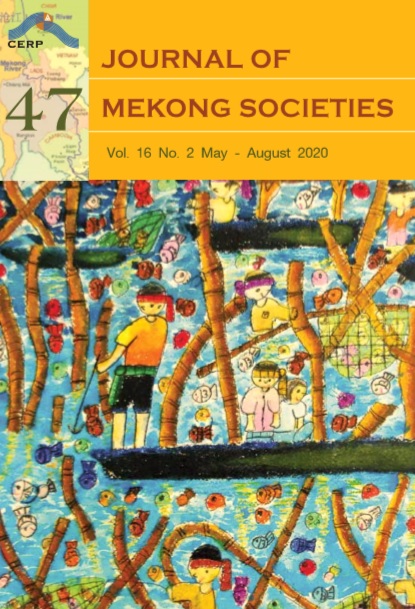The Evolution of Wet Markets in a Thai-Lao Border Town
Main Article Content
Abstract
Previous studies of wet markets have focused largely on hygiene and on the diversification of services in response to the needs of customers. This article examines the evolution of wet markets in a Thai-Lao border town within the broader social, political, and economic dynamics of the country. It is based on an empirical research study that used qualitative methods to obtain the required data. Three wet markets in Nakhon Phanom, a town on the Thai-Lao border and the Mekong river, were purposively selected. They are Thesaban, Chock Amnuay and Ban Pung sub-district wet markets. Relevant local authorities, the chair of the provincial chamber of commerce, business owners, market operators, and vendors in the wet markets were identified and interviewed, using in-depth interview guides. The research found that the origin and evolution of wet markets are related to the growth of the local economy. The growth of Nakhon Phanom markets was associated with the presence of an American military base and a Vietnam War refugee camp in the locality. While state policy regarding the construction of the third Thai–Lao Friendship Bridge and establishing the Special Economic Zone may have boosted the growth of the local economy, it did not necessarily promote the growth of wet markets. Moreover, many Lao people who used to shop at wet markets are now buying goods from modern superstores, while walking street markets, which were established to promote tourism, have attracted another segment of buyers. These factors challenge both wet market vendors and policy makers in their attempt to balance the country’s and local economic growth.


